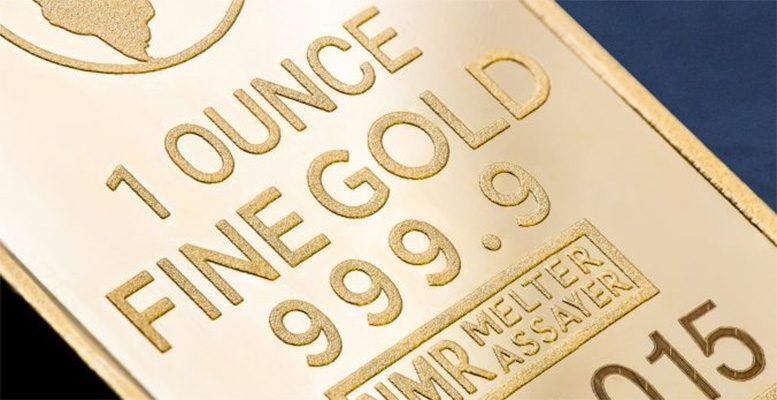Carsten Menke, Head Next Generation Research, Julius Baer | Triggered by comments that new coronavirus cases in the US could reach 100,000 per day, gold continued to rally yesterday and approached USD 1,800 per ounce. Fears of further lockdowns are fostering the demand for gold as a safe-haven and the market seems to have lost sight of an improving economic environment. As we have trust in the economic recovery, we do not see the need to chase the recent rally. We stick to our Neutral view but nevertheless acknowledge that short-term prices risks are skewed to the upside.
The gold rally continues. Prices pushed higher yesterday, approaching USD 1,800 per ounce for the first time since 2011. Looking back, there were just 26 days in gold’s history on which it traded above that level, almost all of them occurring in August and September 2011, i.e. during the eurozone debt crisis. The latest leg of the recent rally was triggered by comments from Dr. Anthony Fauci, one of the leading US virologists, that new coronavirus cases in the US could climb to 100,000 per day, up from today’s level of around 40,000. Gold’s price performance clearly shows that the corona crisis remains in the driving seat of the market, reflecting risks of rapidly rising infections and fears of further lockdowns. Also because of the massive stimulus measures, fears of inflation and ever more negative real yields, the demand for gold as a safe haven remains strong.
Holdings of physically backed gold products, our preferred gauge of safe-haven demand, recorded 95 tonnes of inflows in June, taking the year-to-date total to more than 710 tonnes. These are the biggest inflows ever. Meanwhile, the gold market seems to have lost sight of an improving economic environment as data has been better than expected, primarily in the US. We have trust in the economic recovery and we do not expect that rising infection rates will lead to further broad-based lockdowns. Hence, we do not see the need to chase the rally and stick to our Neutral view. We nevertheless acknowledge that short-term prices risks are skewed to the upside, not least as trend followers and technical traders are lured back into the market. Medium- to longer-term, we still believe that improvements of the economic environment should weigh on safe-haven demand, leading prices somewhat lower.





